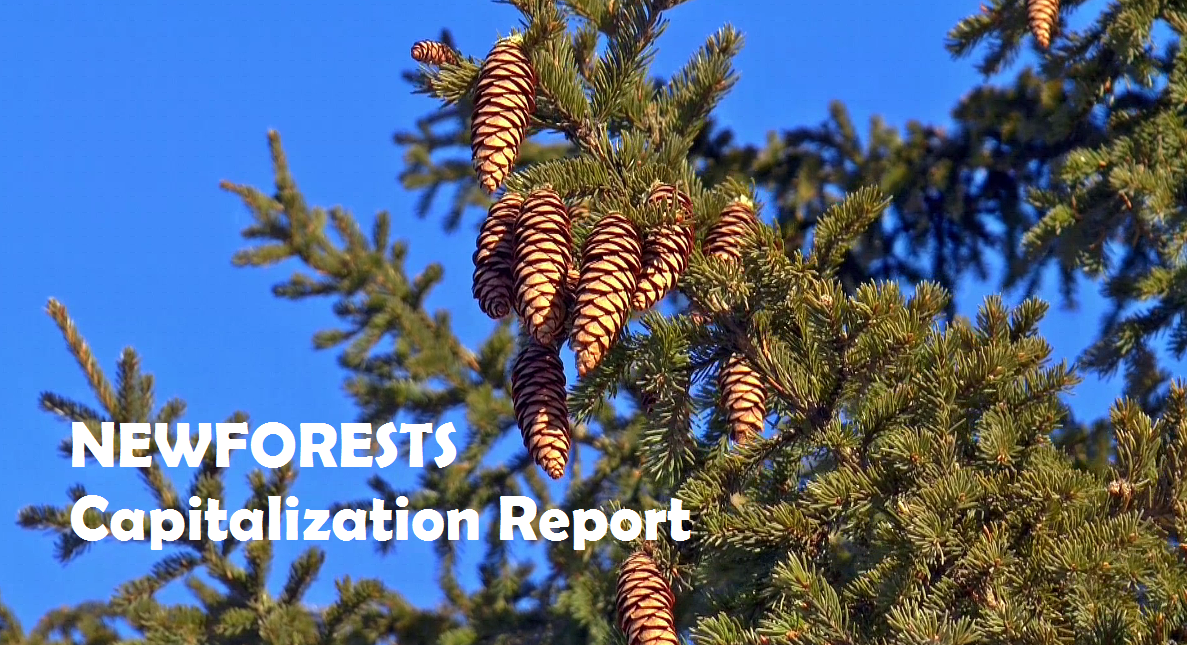
| Work package Number | 3 |
|---|---|
| Starting date | Month:4 |
| Leading partner | CBAE |
| Objectives | Human activities are provoking a variety of changes on a global scale: climate change, changes in land use, species extinction and spread of invasive and pest species. These different components of global change have a significant effect on terrestrial ecosystems through variability in disturbance regimes (extension, frequency, impact). Understanding natural disturbance dynamics and determining how human-induced changes are affecting current disturbance is of utmost importance to anticipate future impacts on forests. |
| Description of work | Task 3.1. Developing metanalyses of the impact of fires on biodiversity across forest systems. In paleoecology, these metanalyses can be based on continental and global scale databases on fire (Global Charcoal Database) and on plant (Neotoma, North American Pollen Database, European Pollen Databases). On the present-day, the fire and the plant/vegetation databases need to be exploited not only to describe the fire regime, but also mostly to investigate the large scale relationship between fire and biota on long-term and continental perspectives.
Task 3.2. Reconstruction of past fire disturbance regimes. If knowledge on past fire frequency start to abound in some regions (e.g. eastern Canada) offering a solid baseline for a comprehensive fire history, the spatial variability of these past frequency continue to be ignore or lacking in many regions (especially mountain, continental and Mediterranean forest areas). The need of more reconstruction is crucial assuming that present-day spatial pattern of fire frequency might differ from the past in relation to spatial variability of air masses and change in vegetation composition that control the ecosystem flammability or the fire ignition and spread. Thus we stress the need of past fire frequency reconstructions. Furthermore, the temporal modification of the fire severity remains a key issue based on the fact that global scale environmental changes might have modified the fire severity, which can act on the forest resilience or resistance threshold. The complexity of mountain ecosystems (landscape fragmentation, altitude, continentality) might trigger at local scale different fire regime depending on the relations between fire and physical features related to elevation (temperature, precipitation), aspect (north versus south that alter the moisture and the actual evapotranspiration) and size of valleys and massif (continentality). More fire reconstructions should allow decomposing the role of these physical features on the fire regimes in Europe that are currently affected and modified by land-uses trough fire suppression or modification of the fuel composition. For North America, the long-term European expertise is crucial in order to apprehend possible future modifications of the fire regime due to sever transformation of the vegetation landscape under the silvicultural exploitation (new forest patterns, introduced species, etc.), which alter the fuel structure and quality whatever the ongoing climate change. Task 3.3. Climate-induced forest dieback: patterns, causes and resilience. Drought-driven die-off and mortality are likely to induce deep impacts on the structure, functioning and services provided by forests since climatic scenarios project an increase of extreme episodes. Although relevant advances have been obtained on the understanding of the patterns and causes of tree mortality, there is a general lack of knowledge about the potential of these events to induce sudden shifts in forest composition and structure. We propose a demographic approach to this question, through the analysis and modelling of the balance between mortality and replacement (recruitment) of the dominant species in forests affected by die-off. We emphasize the stabilizing factors contributing to enhance ecosystem inertia, by minimizing mortality and maximizing recruitment. Specifically, the objectives are (1) to establish a network of forest stations affected by climate-driven die-off, analyzing the regional distribution of the phenomenon and the contributing factors; (2) to evaluate forest resilience to extreme drought events through the balance between mortality and recruitment; (3) to analyze assembly rules derived from the episodes, by relating the balance between mortality and recruitment to species attributes. The proposed actions include (i) characterization of abiotic changes in the physical environment due to tree mortality and defoliation and analysis of regeneration patterns and processes, (ii) analysis of community assembly in plant communities that have been affected by extreme climate episodes, and its relationship with species functional traits and biogeographical patterns of distribution, (iii) interpopulation genetic characterization in order to disentangle variability in response to drought, (iv) analysing the perturbation response of soil microbial communities (specially to die-off events), and (v) understanding the role of microbial pathogens in forest dieback. |



